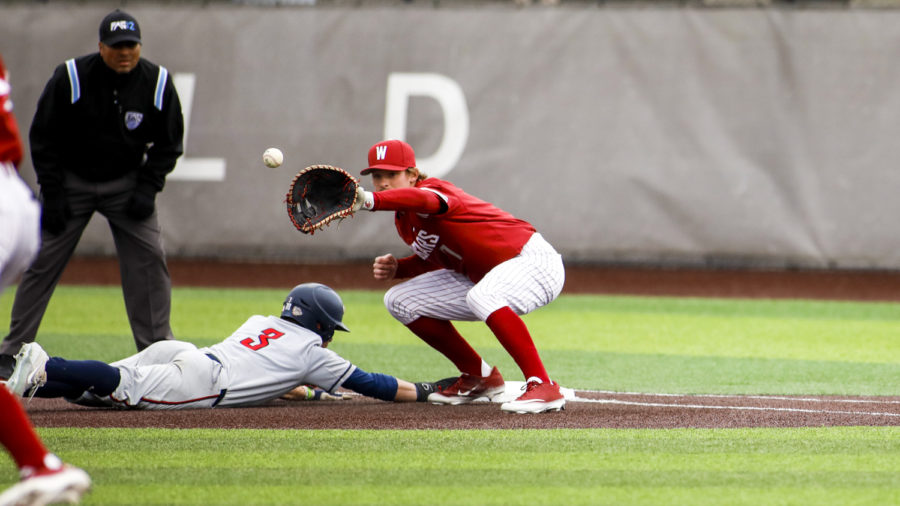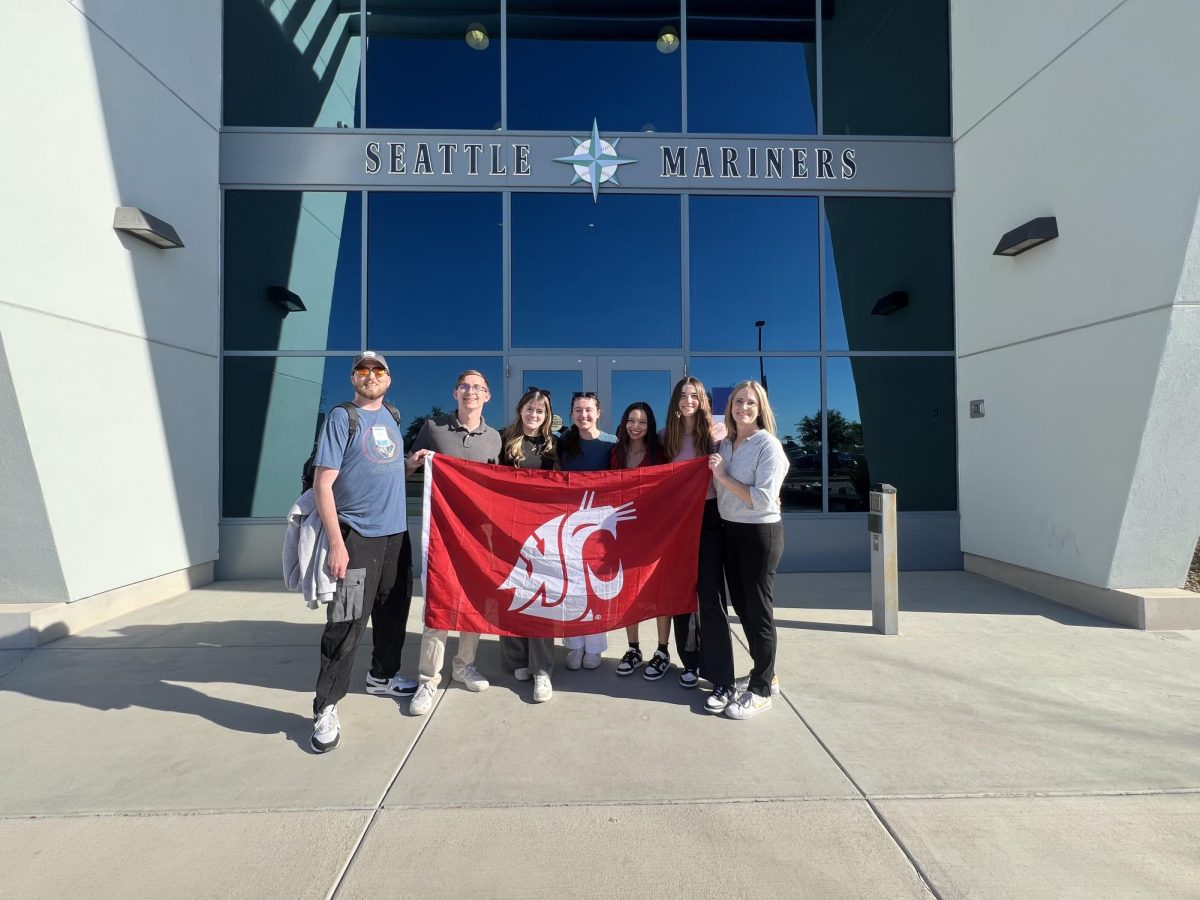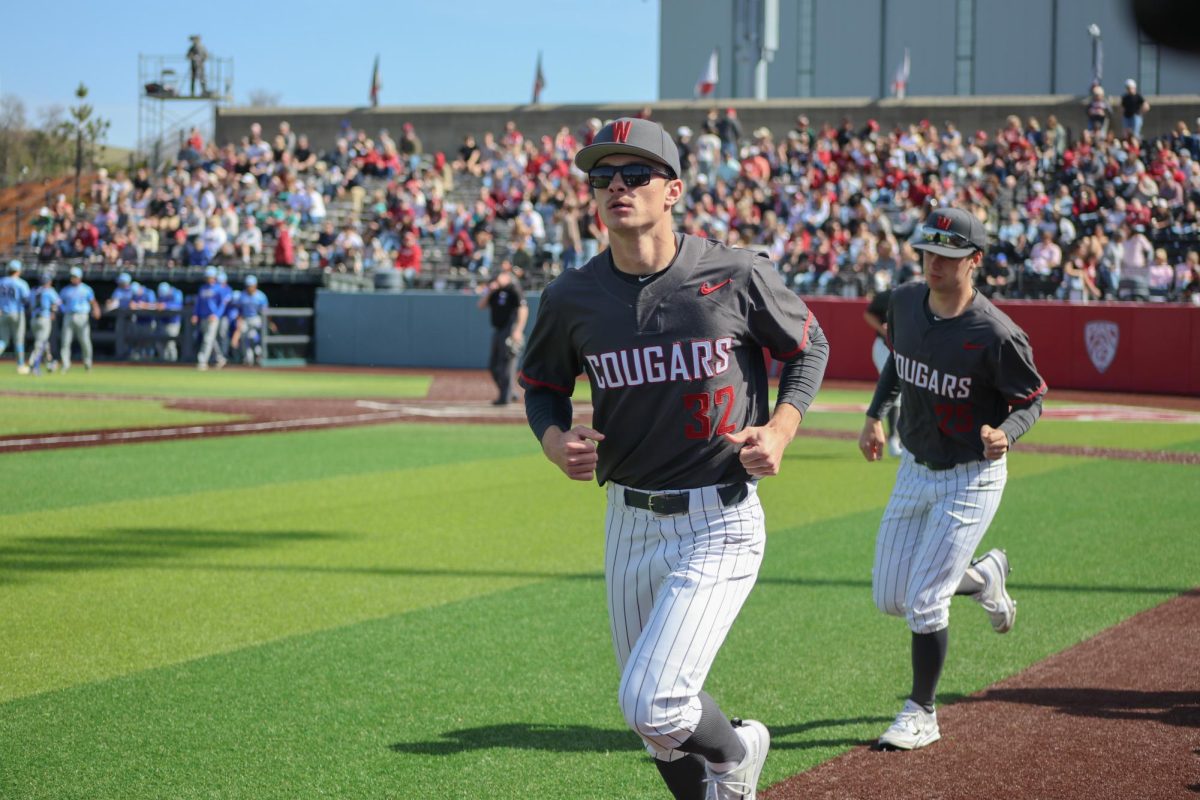The 2025 Spring Training saw a noticeable rule change that did not quite make it to Opening Day. The Automated Ball-Strike System was implemented in 13 spring training ballparks and used in about 60% of games played, according to the MLB.com.
The rules were simple: Each team started the game with two challenges and retained them if the call was overturned and lost it if the call was confirmed. Batters, pitchers and catchers were the only ones allowed to challenge and would do so by tapping the top of their hat or helmet.
The MLB has been working tirelessly to both speed up the game of baseball and make it more entertaining. Most notably, it has increased the size of bases, limited the number of pick-off attempts pitchers can make and implemented the pitch clock which received mixed reactions from fans. While the ABS system did not make it out of spring training, many fans are wondering if this could be the next rule change the MLB intends to add.
If the league were to implement it next season, how exactly would it impact the game? To answer that question, fans can consult the ABS spring training statistics the MLB released on March 25.
For starters, hitters had a 50% overturn rate, catchers succeeded 56% of the time and pitchers came in at 41%. Essentially, fans can conclude that challenges, unless done by a catcher, are slightly more effective than a coin flip. If challenges were an effective tool for making the game fairer and more accurate, then one would expect to see much higher success rates
Only 2.6% of pitches were challenged in the games that used ABS. Additionally, around 80% of games saw five or fewer challenges. The system is most likely not being used frequently enough to have a substantial impact on the game. Chances are five or fewer pitches will have a minimal change on the outcome of the game.
Challenges were also more common in high leverage counts such as 2–2 or 3–2. However, these were less likely to be overturned with a success rate of only 44% as opposed to 57% on first-pitch challenges. Challenges had little impact on whether hitters were walked or rung up but were only effective in less meaningful parts of the count.
Fans also saw challenges get less accurate as the game progressed. 60% of calls in the first three innings were overturned, 51% in the middle three, 43% in the seventh and eighth and 46% in the ninth. Similarly, this implies that as the game moves into more consequential at–bats, the challenge system becomes less impactful, having little effect on the issue of making the game more interesting and accountable.
While some fans may worry the challenge system will make games significantly longer, the stats paint a different picture. Each challenge only added around 13.8 seconds to the game. With about 4.1 challenges per spring training game, this added less than a minute to the total time. In short, the challenge system’s impact on the length of the game was nearly inconsequential.
With all these stats in mind, should the MLB implement the ABS challenge system next season? Probably not. The real success rate of players does not support its actual impact on the game overall and in high-leverage situations.
If the league really wants to crack down on blown calls, they will find more success having home plate umpires fed correct calls directly from the system itself. Safe and out calls would still be the job of field and home plate umpires, but balls and strikes would be fully automated.
There would no doubt be a learning curve associated with a more accurate strike zone and chances are it would make it a pitcher’s game for perhaps a full season. But as players get used to playing with it, we may see hitters adjust and the game start to even out.
Fully automated balls and strikes should be the change the MLB makes if they intend to make the game fairer and more entertaining overall.










